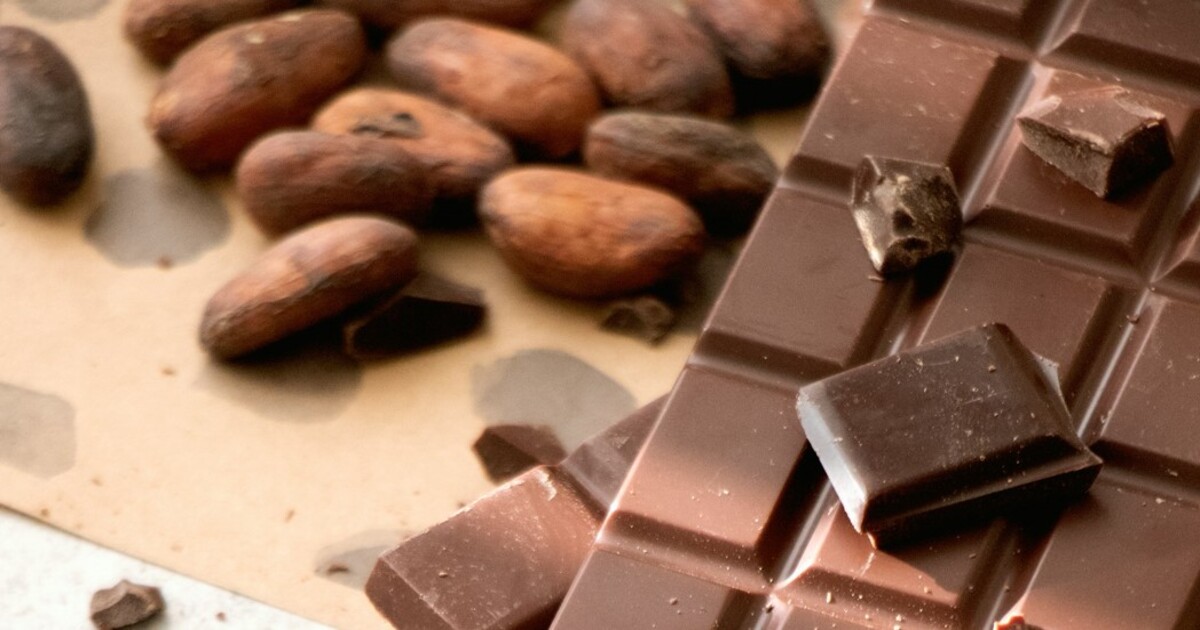Cocoa and Globalization
Global cocoa yields are falling due to the dual threat of inadequate pollination and climate change. This threatens the livelihoods of millions of smallholder farmers.
March 30, 2025

The global unprocessed cocoa bean market is worth an estimated $16 billion annually. In contrast, the global chocolate industry is estimated to be worth in excess of $100 billion.
The ideal climate for growing cocoa is hot, rainy and tropical — with lush vegetation to provide shade for the cocoa trees. The primary growing regions are in Africa, Asia and Latin America.
The largest producing country by volume is Côte d’Ivoire — which produces around 40% of global supply.
The biggest importers of chocolate are the United States ($4 billion), the UK ($3.1 billion) and Germany ($3 billion).
Multinational corporations dominate the chocolate industry. The largest chocolate and cocoa manufacturers are Mars Wrigley Confectionery, Ferrero Group and Mondelēz.
Approximately 90% of the world’s cocoa is grown on small family farms by an estimated 5 million smallholder farmers who are dependent on cocoa production for their livelihoods.
Cocoa trees depend primarily on insect pollination. However, natural pollination levels are alarmingly low — significantly reducing cocoa yields.
Pollination rates vary significantly across major cocoa-producing regions — with Brazil recording 12%, Ghana 27% and Indonesia 11%.
Hand-pollination experiments in these regions increased yields by 20% — showing that cocoa yields are limited by pollination, not nutrients.
In addition, sites where temperatures were up to 7 degrees warmer had 20%-31% lower cocoa yields — underscoring the vulnerability of cocoa-producing regions to the effects of climate change.
Sources: Tagesspiegel, University of Göttingen, Communications Earth & Environment, Fairtrade Ireland, Statista, University of Oxford
Takeaways
Global cocoa yields are falling due to the dual threat of inadequate pollination and climate change – threatening the livelihoods of millions of smallholder farmers.
Approximately 90% of the world’s cocoa is grown on small family farms by an estimated 5 million smallholder farmers who are dependent on cocoa production for their livelihoods.
The largest cocoa producing country by volume is Côte d’Ivoire. The largest importer of chocolate is the United States.
Cocoa trees depend primarily on insect pollination. However, natural pollination levels are alarmingly low — significantly reducing cocoa yields.
